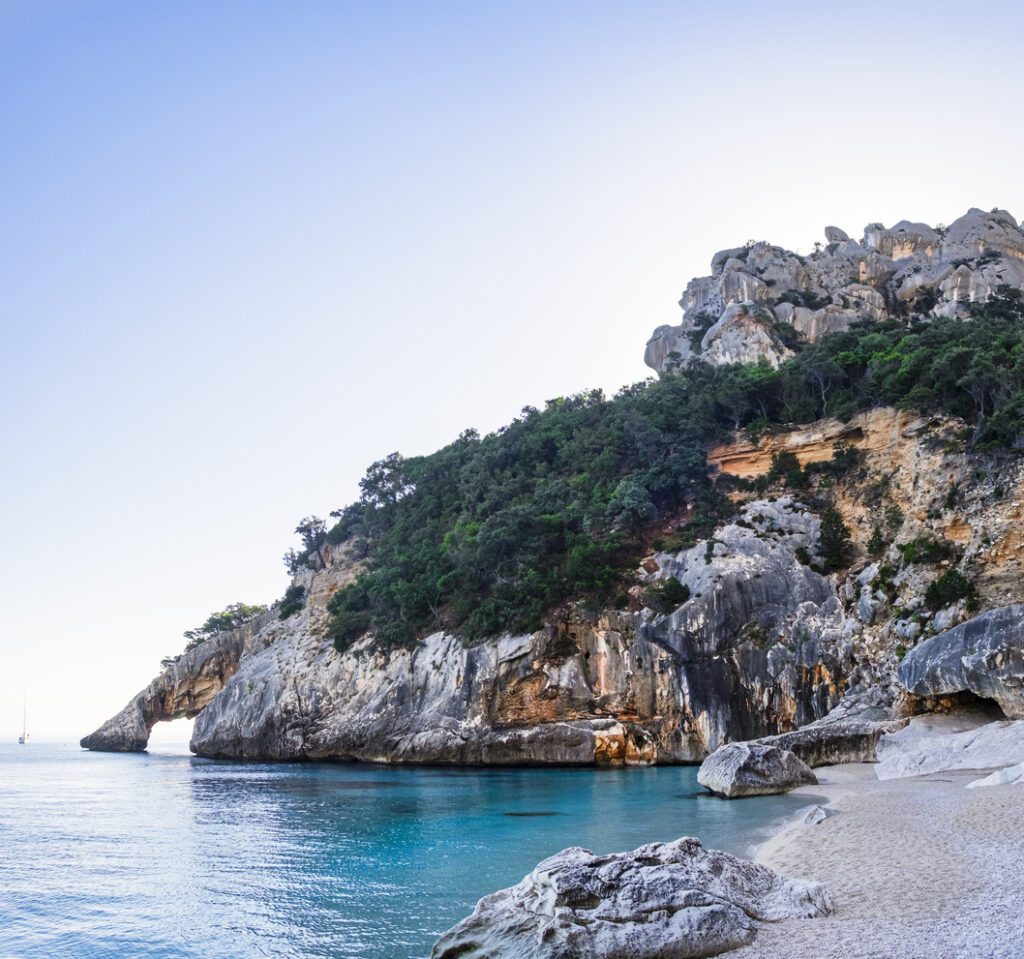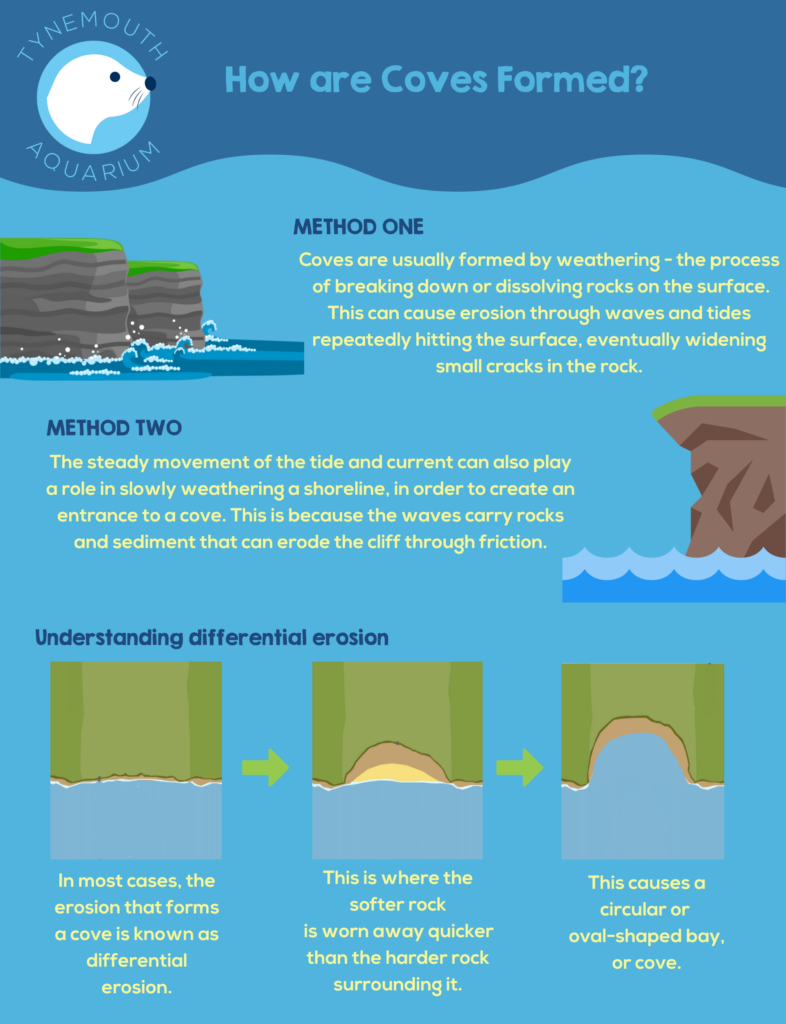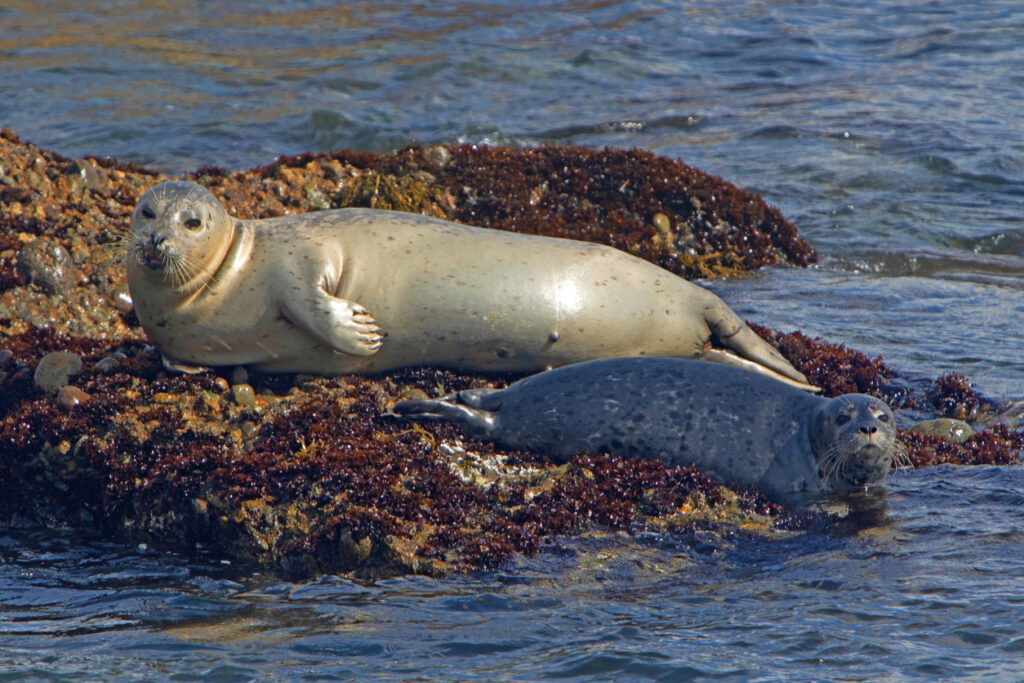Did you know that there are all kinds of fascinating structures that can be created in our oceans and seas? From deep tunnel systems to coves, it’s amazing to learn about how and why they form.
Coves are pretty common in coastal areas. They’re created through erosion, but what exactly does that mean? Let’s take a closer look at the process of erosion, how it can lead to cove formation, and which sea creatures like to hang out there.
What is erosion?
Erosion is a gradual process that happens when physical forces such as water, wind, and ice slowly wear away the top layer of soil, rocks, and other materials on the earth’s surface. The erosion process can take place over thousands or even millions of years and can be caused by natural and human-made factors. From the force of waterfalls to deforestation, lots of factors can cause the destabilisation of Earth’s materials. The weaker the soil, rocks or other materials become, the quicker we can see the effects of erosion.
Examples of erosion can be seen in the formation of valleys and canyons above sea level, while also forming things like coves under water. Today, we’ll be focussing on coastal erosion and how it can impact the rocky structures that sit along coastal regions around the world.
What are coves?
Have you ever been to a beach and noticed a little area of water that’s almost cut off from the main sea, but there’s a small entrance through the rocks? That’s what we call a cove! A cove is defined as a small, sheltered bay with a narrow entrance, and these are mostly found in coastal areas.
They’re mostly formed naturally, and they’re often very impressive to look at when you understand how they form. Many are hidden away from popular coastal areas, which means that they’re largely unaffected by human influence. So if you get to experience one, just remember to leave it exactly as you found it.

How do coves form?
The process of cove formation can be complex, and it doesn’t happen overnight. In fact, it can take thousands of years. It often begins with the erosion of the cliffs or rocks on the coast, caused by waves and tides repeatedly hitting the surfaces. This causes small cracks to develop, which begin to widen and deepen with the repeated pressure from the water. Over time, the waves carve out circular or semi-circular indentations in the land, creating a cove.
Alternatively, waves can often carry rocks and sediment in the direction of cliffs or rock faces, which also helps to erode softer rock and create coves over time because of the friction. Many other factors can also contribute to the formation of coves, such as the presence of rivers or streams that flow into the sea and create natural harbours. Over time, this can lead to the formation of a cove since the sediment carried by the flow of the water will help erode any soft, rocky areas.
One of the other ways that erosion can occur is through weathering. Harsh weather can cause water to reach into the cracks in the softer rock, which allows it to break down over time. Eventually, this can form the entrance to a cove and push water through from the sea.
Coves can vary in size and shape. Some are narrower and deeper, while others are shallow and wide. They can also be found in a variety of locations, from the most rugged coastlines to the more sheltered bays. The shape and size of the cove will typically depend on the type of rock that makes up the coastline and the force of the waves or other physical forces that created it.
Learn more about how coves can form with our infographic!

How long does it take for coves to form?
Since the process of erosion can take thousands of years, it can also take this long for coves to naturally form. The exact amount of time will depend on how deep the layer of rock or sediment is. Thinner bands of soft rock will wear away much more quickly than thicker bands, but through the process of erosion, the outcome can still end up being the same – even if it does happen years apart. That’s the beauty of nature!
Which sea creatures inhabit coves?
Coves are incredibly important habitats for many sea creatures. The shelter provided by the surrounding rocks is the ideal haven for many smaller species such as small fish, crabs and molluscs, but they can also be great for larger mammals like seals. These animals hide away in coves to protect themselves from the strong currents and waves found in open oceans and seas. And when it comes to getting food, they can just wait for the tide to carry the nutrients into the cove.

For many seal species, coves provide the perfect conditions to have their pups. When their breeding season is over and the Autumn season begins, colonies of seals will move to coves where they can safely give birth and begin raising their babies without the threat of predators. Plus, some of the other smaller inhabitants of the cove make up a large part of a seal’s diet, so they can feast on plenty of fish, molluscs and crabs to help them grow big and strong before leaving and exploring the open waters outside the cove’s entrance.
We hope you’ve enjoyed exploring our underwater coves and learning about how they form. Plan your visit to Tynemouth Aquarium today, where you can learn more about our wonderful sea creatures that live in all different environments. You can even visit our exciting Seal Cove exhibit!
